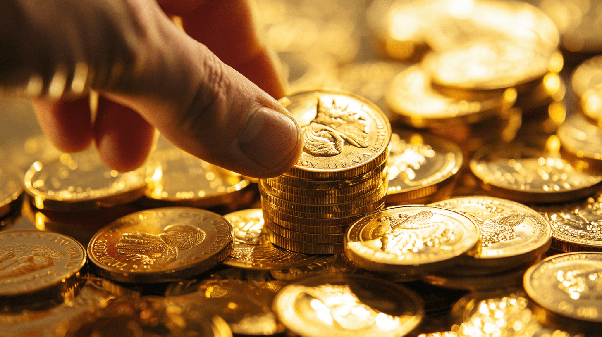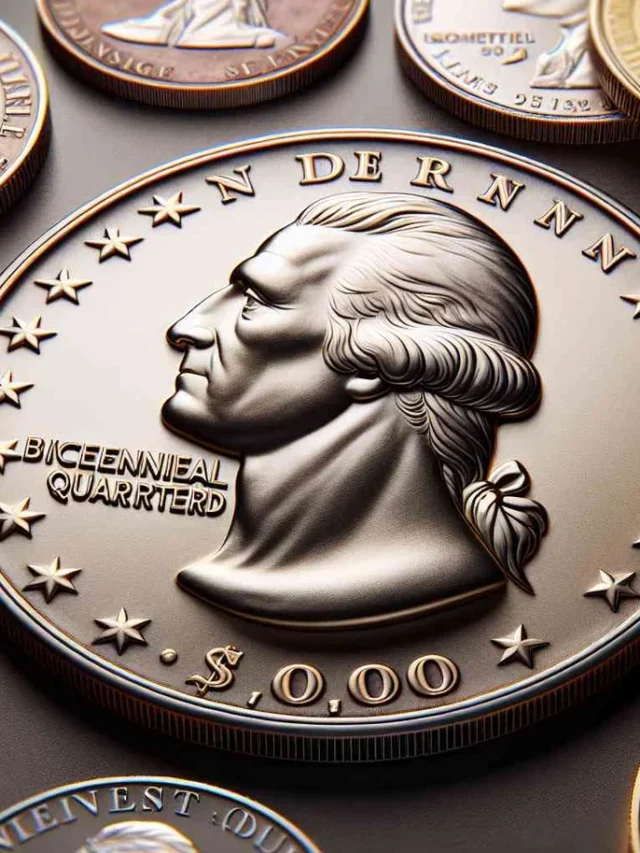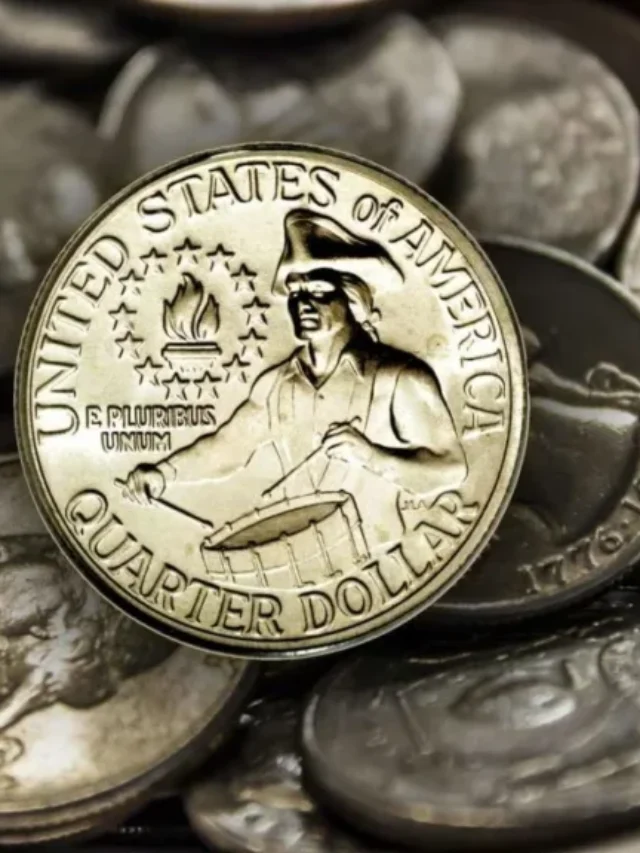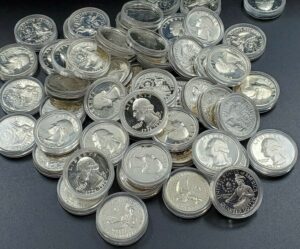In the realm of numismatics, the pursuit of rare coins is akin to a treasure hunt. Every now and then, collectors and enthusiasts stumble upon hidden gems that not only possess historical significance but also hold considerable monetary value. Among the plethora of coins circulating in the market, pennies, often overlooked due to their low denomination, can sometimes yield astonishing returns. In the case of two ultra rare penny coins, their scarcity elevates them to the status of coveted treasures coveted by collectors worldwide.
The 1943 Bronze Lincoln Cent

During the height of World War II, the United States Mint faced a shortage of copper, a vital metal required for the production of pennies. As a result, in 1943, the mint transitioned from using copper to zinc-coated steel for the production of Lincoln cents. However, due to minting errors and anomalies, a small number of bronze pennies were mistakenly struck that year. These bronze cents are incredibly rare, with only a handful known to exist.
The rarity of the 1943 bronze Lincoln cent can be attributed to its unique composition. Unlike its steel counterparts, which are attracted to magnets, the bronze cent is not magnetic. This characteristic, along with its distinctive coloration, makes it easily distinguishable from the common steel pennies of that era. Moreover, the scarcity of these coins has contributed to their exorbitant value in the numismatic market.
In recent years, several specimens of the 1943 bronze Lincoln cent have surfaced, fetching staggering prices at auctions. The allure of owning a piece of numismatic history, coupled with the exclusivity of these coins, has made them highly sought after by collectors willing to pay top dollar for the chance to add them to their collections.
The 1909-S VDB Lincoln Cent

The 1909-S VDB Lincoln cent holds a special place in the hearts of coin enthusiasts as it marks the first year of issue for the iconic Lincoln cent design. Designed by renowned sculptor Victor David Brenner, the coin features a portrait of Abraham Lincoln on the obverse and two wheat stalks flanking the words “One Cent” on the reverse.
What sets the 1909-S VDB cent apart from its counterparts is the inclusion of the designer’s initials, “VDB,” on the reverse of the coin, positioned at the bottom of the wheat stalks. However, due to public outcry over the prominence of Brenner’s initials, the mint halted production and subsequently removed the initials from the design, making the 1909-S VDB cent a rare and highly coveted collector’s item.
Despite being minted in relatively large quantities compared to the 1943 bronze cent, the 1909-S VDB cent is scarce in high grades, further enhancing its value among collectors. Specimens in pristine condition command premium prices at auctions and numismatic conventions, with some reaching six-figure sums.
conclusion:
the allure of rare penny coins lies not only in their monetary value but also in the rich history and intrigue surrounding them. The 1943 bronze Lincoln cent and the 1909-S VDB Lincoln cent stand as testaments to the enduring fascination with numismatics and serve as reminders of the hidden treasures waiting to be unearthed in the world of coin collecting.
FAQ’s:
1.How can I determine if I have a rare penny coin in my possession?
Identifying rare penny coins can be a complex process that often requires expert examination. Key factors to consider include the coin’s date, mintmark, and composition. Consultation with a reputable coin dealer or numismatist is recommended for accurate authentication and valuation.
2.What makes the 1943 bronze Lincoln cent so valuable?
The 1943 bronze Lincoln cent is highly sought after due to its rarity. Minted in error during World War II, this coin features a composition distinct from the standard steel cents of that year. With only a handful known to exist, specimens in good condition fetch significant prices at auctions and among collectors.
3.Are there any specific features to look for when identifying a 1943 bronze Lincoln cent?
Yes, there are several distinguishing features that set the 1943 bronze Lincoln cent apart from its steel counterparts. Firstly, the bronze cent is not magnetic, unlike the steel cents minted that year. Additionally, its distinct coloration and lack of a mintmark (as all 1943 cents were struck in Philadelphia) contribute to its unique appearance.
4.What makes the 1909-S VDB Lincoln cent a collector’s favorite?
The 1909-S VDB Lincoln cent holds historical significance as the first year of the iconic Lincoln cent design. Designed by Victor David Brenner, the coin features his initials, “VDB,” on the reverse. However, due to public outcry over the prominence of the initials, they were removed, making the 1909-S VDB cent a rare and desirable collector’s item.
5.How can I ensure the authenticity and value of a 1909-S VDB Lincoln cent?
Authenticating a 1909-S VDB Lincoln cent involves careful examination of the coin’s features, including the presence of the designer’s initials on the reverse. Additionally, coins in higher grades command premium prices, so assessing the coin’s condition is crucial. Seeking appraisal from a reputable coin dealer or numismatic expert is advisable for accurate valuation.





